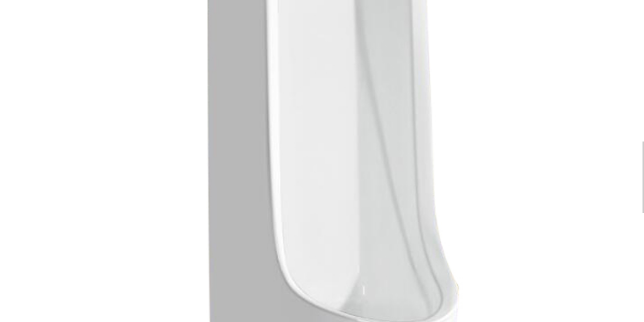Proper maintenance is essential to ensure urinals operate smoothly and have a long lifespan. In this article, we delve into the importance of urinal maintenance and tips for keeping them in optimal condition:
Daily Cleaning:
- Regular Cleaning Routine: Urinals should be cleaned daily with a mild, non-abrasive cleaner to remove stains, odors, and mineral deposits. Ensure that the cleaning solution is safe for the urinal’s surface material.
- Drain Maintenance: Regularly check and clear urinal drains to prevent blockages. A blocked drain can lead to unpleasant odors and potential leaks.
Preventive Measures:
- Splash Guards: Install splash guards or dividers to prevent splashing and ensure a cleaner restroom environment.
- Waterless Urinal Maintenance: For waterless urinals, follow the manufacturer’s recommendations for trap maintenance, which may include periodic replacement.
Hygiene Considerations:
- Hand Sanitizers: Provide hand sanitizers near urinals to encourage users to maintain hand hygiene after use.
- Touchless Technology: Consider sensor-activated urinals to minimize touchpoints and reduce the risk of germ transmission.
Professional Inspections:
- Scheduled Maintenance: Arrange for scheduled professional inspections to identify and address any potential issues before they escalate.
- Repairs: Promptly repair any leaks, damaged components, or malfunctioning sensors to maintain the urinal’s functionality.
- Restroom Supplies: Ensure that restroom supplies like toilet paper, soap, and paper towels are consistently stocked to enhance user comfort.
User Feedback:
- Listen to Users: Encourage users to report any issues they encounter in the restroom. Addressing concerns promptly helps maintain a positive restroom experience.
Proper maintenance and hygiene practices not only extend the lifespan of urinals but also contribute to a clean and pleasant restroom environment, enhancing user satisfaction and promoting a positive impression of your facility.








